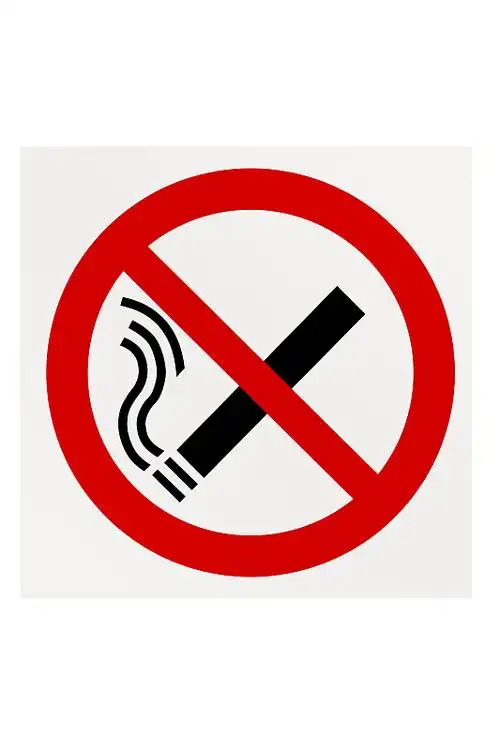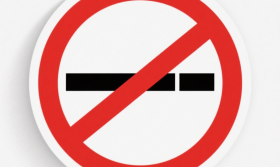Title: Beyond Secondhand Smoke: How Tobacco Exposure Drives Pediatric Wheezing Crises and Overwhelms Emergency Departments
The image of a child struggling to breathe is a universal trigger for parental panic. In emergency departments (EDs) worldwide, this scene plays out daily, with wheezing—a high-pitched whistling sound during exhalation—being a common and distressing presenting symptom. While viruses like RSV are frequent culprits, a pervasive and preventable environmental factor is significantly amplifying this pediatric health crisis: tobacco exposure. The link between tobacco smoke and childhood respiratory illness is not merely correlational; it is a direct causal relationship that fuels a relentless stream of wheezing-related emergencies, placing an immense burden on healthcare systems, families, and the vulnerable lungs of children.
The Pediatric Airway: A Zone of Extreme Vulnerability
To understand the profound impact of tobacco smoke, one must first appreciate the unique physiology of children. Their respiratory systems are fundamentally different from and more susceptible to insult than those of adults. Children have higher respiratory rates, meaning they inhale more air—and any pollutants in it—per pound of body weight than an adult. Their airways are narrower and their lung structures are still developing, making them easier to obstruct. Furthermore, their immune systems are still maturing, rendering their defensive responses to irritants less efficient and often more inflammatory. This combination of factors creates a perfect storm where environmental toxins like tobacco smoke can inflict maximum damage. The smoke acts as a potent irritant, triggering inflammation, swelling, and excess mucus production in the delicate bronchial tubes, the narrowest of which can be completely occluded by even minimal swelling, leading to the characteristic wheeze.
The Mechanisms of Damage: From Irritation to Immune Dysregulation

Tobacco smoke is a toxic cocktail of over 7,000 chemicals, hundreds of which are poisonous and at least 70 known to cause cancer. For a child, exposure occurs through two primary pathways, both with dire consequences.
-
Secondhand Smoke (SHS): This is the involuntary inhalation of smoke from a burning tobacco product or smoke exhaled by a smoker. It is the most significant and well-documented source of exposure. The mechanisms of harm are multifactorial:
- Direct Irritation and Inflammation: Chemicals like formaldehyde, ammonia, and acrolein directly inflame the lining of the airways (the epithelium). This causes swelling (edema), increased production of thick mucus, and spasming of the smooth muscles surrounding the airways (bronchoconstriction). This triple effect dramatically narrows the airway’s diameter, increasing resistance to airflow and producing wheezing.
- Impaired Ciliary Function: The airways are lined with tiny hair-like structures called cilia that act as an escalator, sweeping mucus and trapped particles out of the lungs. Tobacco smoke paralyzes and destroys these cilia, allowing mucus, allergens, and pathogens to accumulate, leading to recurrent infections and chronic inflammation.
- Altered Immune Response: SHS exposure dysregulates the immune system. It can suppress initial antiviral defenses, making a child more susceptible to respiratory infections that trigger wheezing episodes. Simultaneously, it can promote a hyper-inflammatory, allergic-type response (Th2 polarization), exacerbating asthma and reactive airway disease.
-
Thirdhand Smoke (THS): This is a newer and increasingly recognized danger. THS refers to the toxic residue that clings to surfaces—hair, clothing, carpets, car seats, and dust—long after a cigarette has been extinguished. These residues can be ingested through hand-to-mouth behavior or inhaled when they are re-aerosolized. For toddlers and crawling infants, who spend their time on the floor and constantly put objects in their mouths, THS represents a persistent and stealthy source of exposure. The chemicals in THS can react with other environmental compounds to form new, potent carcinogens, posing a continuous, low-level assault on a child’s respiratory tract that can prime it for acute wheezing crises triggered by a minor cold.
The Clinical Impact: From ED Visits to a Lifetime of Compromised Health
The clinical consequences of this exposure translate directly into ED overcrowding and immense human suffering.
- Increased Frequency and Severity of Wheezing Episodes: Children exposed to tobacco smoke have a higher incidence of bronchiolitis, pneumonia, and bronchitis. Their illnesses are consistently more severe, last longer, and are more likely to require urgent medical intervention. A simple common cold can rapidly descend into a respiratory emergency requiring nebulizers, steroids, and oxygen support in the ED.
- Asthma Pathogenesis and Exacerbation: Tobacco exposure is a major risk factor for the development of asthma in genetically susceptible children. For the millions of children already diagnosed with asthma, SHS is one of the most potent triggers for acute exacerbations. It decreases the efficacy of controller medications like inhaled corticosteroids and ensures that these children experience more frequent, severe attacks, leading to a cycle of ED visits, hospitalizations, and missed school days.
- Beyond the Lungs: The impact isn't confined to wheezing. Children from smoking households have higher rates of otitis media (ear infections), sinusitis, and sudden infant death syndrome (SIDS). The economic burden is staggering, encompassing costs of emergency care, hospital admissions, medications, and lost parental productivity.
A Preventable Pandemic: The Path Forward
The most frustrating aspect of this public health emergency is its entirely preventable nature. Unlike many environmental pollutants, the source is a modifiable human behavior. Addressing this issue requires a multi-pronged approach:
- Healthcare Provider Vigilance: Pediatricians, ED physicians, and nurses must consistently screen for tobacco smoke exposure at every visit. Framing it not as a personal failing but as a critical medical issue for the child’s health is key. "Your child's wheezing is severely worsened by the tobacco smoke residue in your home. Protecting them from it is the most important medication we can give."
- Robust Smoking Cessation Support: Simply telling parents to "quit smoking" is insufficient. EDs and clinics must be gateways to evidence-based cessation programs, offering resources, counseling, and access to nicotine replacement therapies or medications. Protecting the child provides a powerful motivation for parents to quit.
- Stringent Public Health Policies: Continued efforts to promote smoke-free multi-unit housing, cars, and public spaces are crucial. Public awareness campaigns must evolve to highlight the dangers of thirdhand smoke, emphasizing that "smoking outside" is not a complete solution, as toxins are carried back in on hair and clothing.
In conclusion, the stream of children entering emergency departments with wheezing respirations is a tide fueled by tobacco. Each visit represents a failure of prevention. The science is unequivocal: tobacco smoke, in all its forms, is a primary aggressor against pediatric respiratory health. By moving beyond blame and focusing on education, empowerment, and robust support systems, we can clear the air for our children, turning the tide on this preventable crisis and ensuring their first breaths are not their most difficult.












